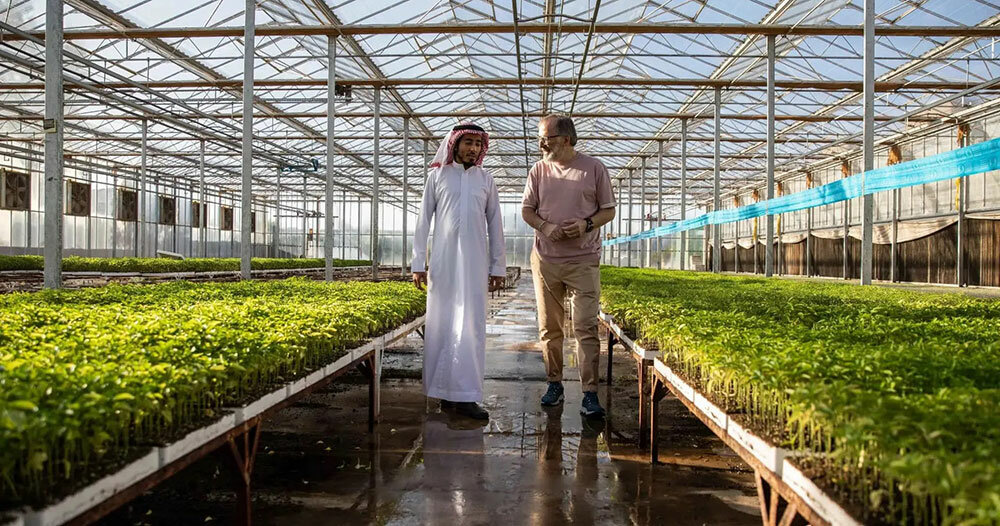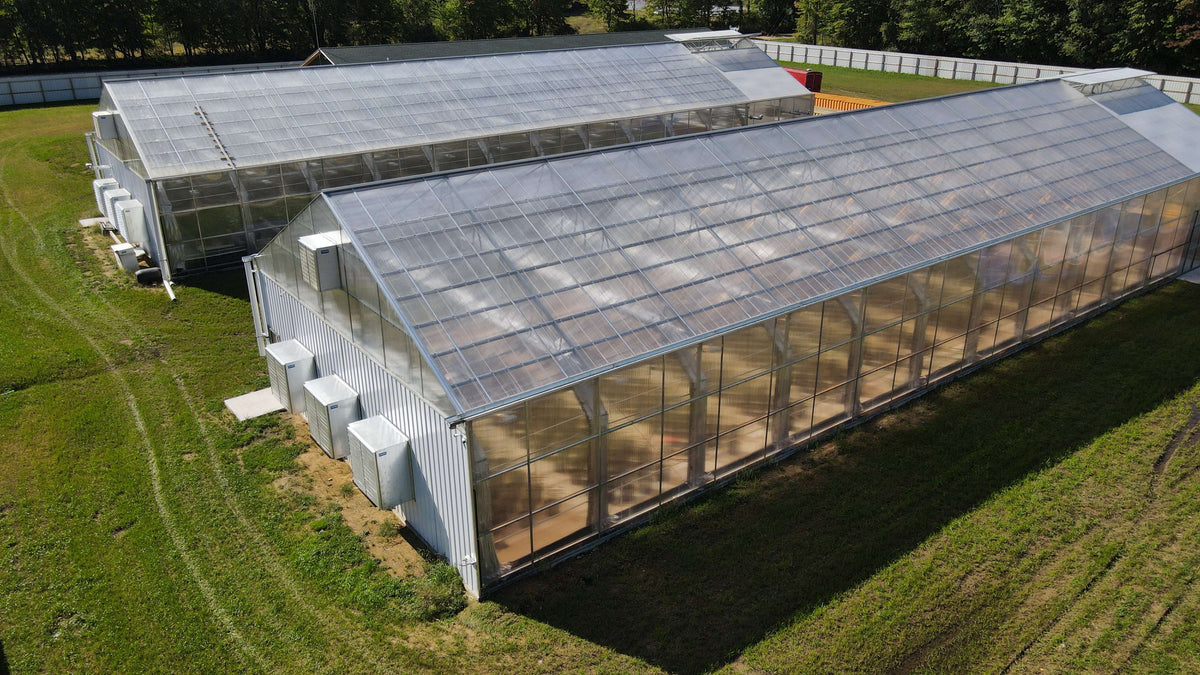Aesthetic Environment-friendly Living: Monarch Decorative Greenhouse Utah Unique Styles
Wiki Article
The Future of Greenhouses: Advancements in Lasting Agriculture
Are you interested regarding the future of greenhouses and exactly how they are revolutionizing sustainable agriculture? From sophisticated environment control systems to vertical farming strategies, water-efficient watering methods, eco-friendly energy assimilation, and clever information analytics, these developments are changing the method we expand our food.Advanced Environment Control Systems
To achieve optimal expanding problems, you can depend on the improvements in greenhouses with sophisticated environment control systems. These systems have actually changed the means we cultivate plants, offering a regulated atmosphere that is favorable to plant growth. With these cutting-edge systems, you can now control temperature level, moisture, light levels, and also CO2 concentrations to develop the excellent problems for your plants to prosper.Among the crucial features of these innovative climate control systems is their ability to manage temperature level. By making use of sensing units and automated controls, the greenhouse can adjust the temperature based upon the certain requirements of the plants. This guarantees that they are never ever exposed to severe warmth or cold, which can be detrimental to their development.
Moisture control is one more critical facet of these systems. By maintaining the perfect humidity degrees, you can protect against concerns such as mold, mildew, and disease from affecting your plants. These systems can also manage the amount of light that gets to the plants, guaranteeing that they get the optimum amount for photosynthesis.
In addition, progressed environment control systems can also control CO2 focus. By enhancing the levels of carbon dioxide in the greenhouse, you can boost plant development and productivity. This is especially beneficial in locations with reduced natural CO2 levels.
Upright Farming Methods
One vital upright farming strategy is using piled expanding systems. Piled expanding systems are generally utilized in city locations where space is limited.One prominent method is called vertical hydroponics, where plants are expanded in nutrient-rich water without dirt. This technique is extremely effective as it reduces water usage by approximately 90% contrasted to typical farming approaches. In addition, considering that the plants are expanded indoors, they are protected from insects and diseases, reducing the demand for chemicals.
Another technique is aeroponics, which entails suspending the plant roots in a mist or air atmosphere. This method allows for ideal nutrient absorption and oxygenation, leading to faster growth and higher returns. Aeroponics additionally utilizes less water than traditional farming and can be applied in upright systems, making it a prominent choice for vertical farming.
Water-efficient Watering Techniques
When it comes to executing water-efficient irrigation techniques in sustainable agriculture,Maximizing water conservation is crucial. With international water scarcity ending up being a pressing issue, it is critical to create innovative methods that maximize water use in greenhouse procedures.One promising approach is drip irrigation, which delivers water directly to the plant roots, reducing waste and evaporation. By utilizing a network of tubes with small emitters, water is used slowly and exactly, making certain that plants description receive the essential dampness without excess overflow.
Another reliable technique is making use of soil dampness sensors. These tools gauge the dampness web content in the dirt and provide real-time information to farmers. By monitoring the dirt's dampness levels, farmers can precisely determine when and just how much water to use, protecting against over-irrigation.
Additionally, the application of rainwater harvesting systems is acquiring popularity in greenhouse agriculture. Accumulating rainwater from roofs and keeping it in storage tanks enables farmers to utilize this natural deposit for irrigation objectives, lowering reliance on typical water sources.
Finally, the adoption of automated irrigation systems can significantly boost water effectiveness. These systems use sensing units to find soil moisture degrees and climate condition, readjusting watering routines appropriately. By optimizing water use based on actual plant requirements, these systems can decrease water waste and promote lasting farming methods.
Renewable Resource Assimilation
Sustainable energy assimilation in greenhouses supplies several benefits, including reduced running expenses and decreased dependence on non-renewable power sources. The created power can then be used to run various procedures within the greenhouse, such as home heating, air flow, and illumination systems. These wind turbines harness wind power and transform it into power, which can be used to supplement the power requirements of the greenhouse.Smart Data Analytics and Automation
To improve the performance of your greenhouse procedures and optimize resource application, think about visit the website carrying out wise data analytics and automation. Smart data analytics entails collecting and analyzing information from numerous sensing units and devices within your greenhouse.
Automation, on the various other hand, includes making use of innovation to automate jobs that were previously done by hand. This can consist of automating the control of illumination, ventilation, irrigation systems, and nutrient delivery. By automating these processes, you can make sure that your plants get the best conditions and nutrients at the ideal time, without the demand for constant manual intervention. This not only conserves you effort and time but also decreases the threat of human error.
Furthermore, wise data analytics and automation can collaborate synergistically. The information collected by you could try here sensors can be utilized to inform automated systems, allowing them to make real-time modifications based upon the current problems. This combination of data analytics and automation can result in more effective and precise resource appropriation, eventually resulting in higher yields and much better plant quality.
Final Thought
In conclusion, the future of greenhouses in lasting agriculture looks encouraging. With sophisticated climate control systems, upright farming methods, water-efficient irrigation approaches, and sustainable power assimilation, greenhouses are ending up being much more ecologically friendly and effective.
By optimizing water use based on actual plant requirements, these systems can lower water waste and advertise lasting farming practices.

Report this wiki page